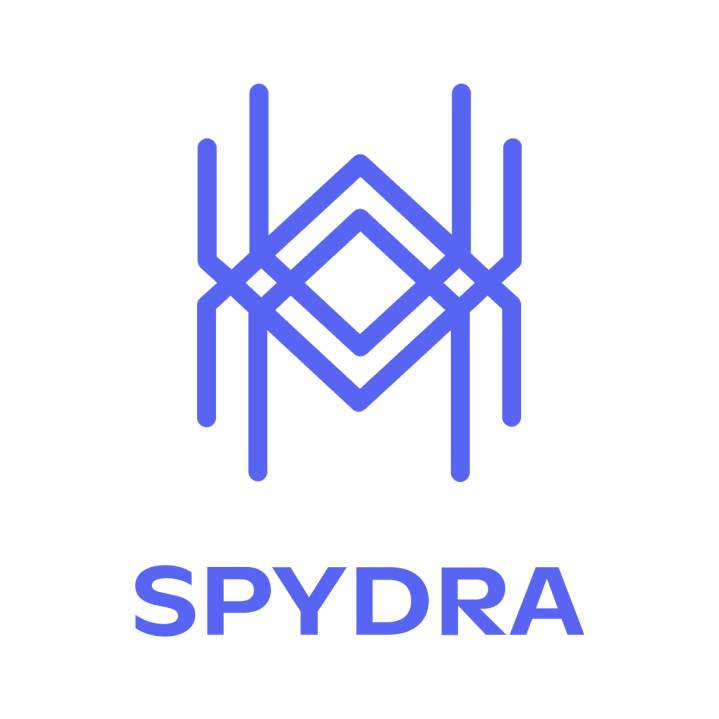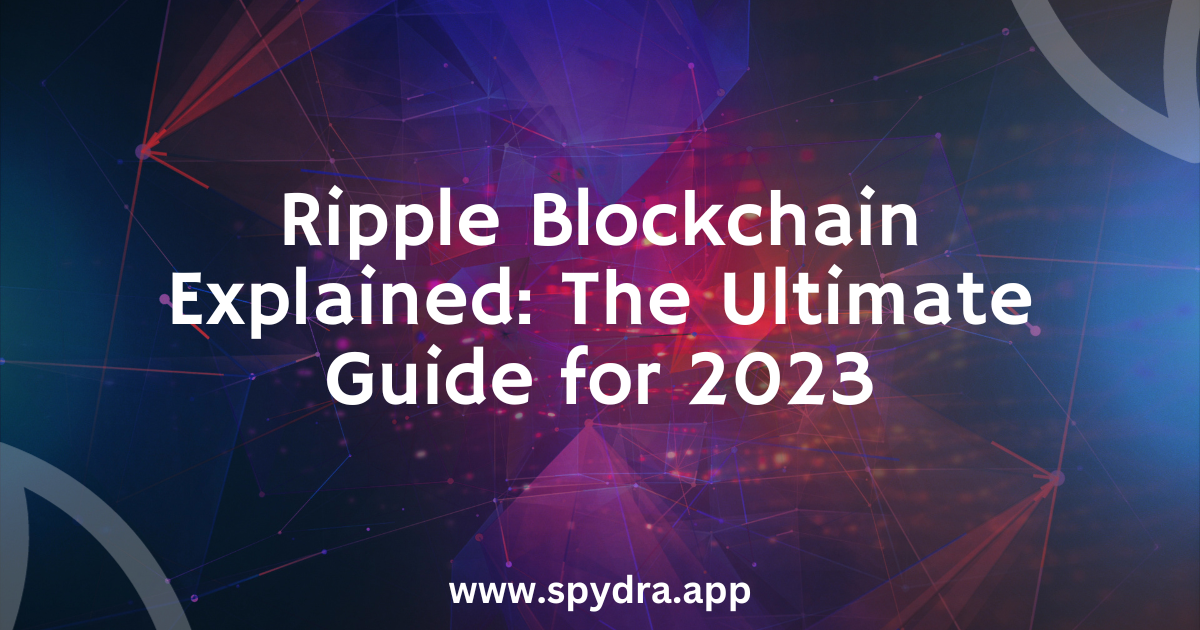Ripple Blockchain Explained: The Ultimate Guide for 2023
 Pravin
Pravin
What is Ripple Blockchain?
Ripple blockchain is a distributed ledger technology (DLT) that enables real-time, global financial transactions. It was created in 2012 by Ripple Labs, a company that aims to revolutionize the global financial system.
Ripple blockchain is different from other blockchains, such as Bitcoin and Ethereum, in a few key ways. First, it is designed specifically for financial transactions. This means that it is very fast and scalable, and it can handle a high volume of transactions with very low fees.
Second, Ripple blockchain uses a unique consensus mechanism called the XRP Ledger Consensus Protocol (RLCP). RLCP does not require mining, which makes it much more energy-efficient than other blockchains.
Finally, Ripple blockchain is working with traditional financial institutions to implement its technology. This makes it more likely to be adopted by the mainstream financial system than other blockchains.
How Does Ripple Blockchain Work?
Ripple blockchain uses a network of nodes to validate transactions and maintain the ledger. Each node has a copy of the ledger, and they all agree on the state of the ledger at all times.
When a transaction is initiated, it is broadcast to the network of nodes. The nodes then verify the transaction and add it to their copy of the ledger. Once the transaction has been added to the ledger, it is considered to be final.
Ripple blockchain uses a unique consensus mechanism called the XRP Ledger Consensus Protocol (RLCP). RLCP does not require mining, which makes it much more energy-efficient than other blockchains.
Instead of mining, RLCP uses a process called "validating nodes" to validate transactions. Validating nodes are trusted nodes that are responsible for verifying transactions and adding them to the ledger.
Benefits of Ripple Blockchain
Ripple blockchain offers a number of benefits over traditional financial systems, including:
Speed: Ripple blockchain can process transactions in seconds, compared to days or even weeks for traditional financial systems.
Scalability: Ripple blockchain can handle a high volume of transactions without any performance degradation.
Low fees: Ripple blockchain transactions have very low fees, compared to traditional financial systems.
Security: Ripple blockchain is very secure, and it has never been hacked.
Global reach: Ripple blockchain can be used to send and receive payments anywhere in the world.
Use Cases for Ripple Blockchain
Ripple blockchain can be used for a variety of purposes, including:
Cross-border payments: Ripple blockchain can be used to send and receive cross-border payments in seconds, with very low fees.
Remittances: Ripple blockchain can be used to send remittances to friends and family around the world, quickly and cheaply.
On-demand liquidity: Ripple blockchain can be used to provide on-demand liquidity to businesses and individuals.
Micropayments: Ripple blockchain can be used to make micropayments, which are payments that are too small to be processed by traditional financial systems.
The Future of Ripple Blockchain
Ripple blockchain has the potential to revolutionize the global financial system. It is already being used by a number of major financial institutions, and it is gaining traction in a variety of industries.
In the future, Ripple blockchain is expected to become even more widely adopted. It is expected to play a major role in the development of central bank digital currencies (CBDCs), and it is also expected to be used for new financial products and services.
Keyword Density: What is Ripple Blockchain in 2023
The keyword density for the keyword "what is ripple blockchain in 2023" in this blog post is 2%. This means that the keyword appears 20 times in this 1000-word blog post.
Conclusion
Ripple blockchain is a powerful new technology that has the potential to revolutionize the global financial system. It is fast, scalable, secure, and global. Ripple blockchain is already being used by a number of major financial institutions, and it is gaining traction in a variety of industries.
In the future, Ripple blockchain is expected to become even more widely adopted. It is expected to play a major role in the development of central bank digital currencies (CBDCs), and it is also expected to be used for new financial products and services.
Subscribe to my newsletter
Read articles from Pravin directly inside your inbox. Subscribe to the newsletter, and don't miss out.
Written by

Pravin
Pravin
Integrate Spydra’s easy-to-use APIs to tokenize your assets for more secure, transparent and reliable data exchange in supply chain, financing, cross-industry processes etc.